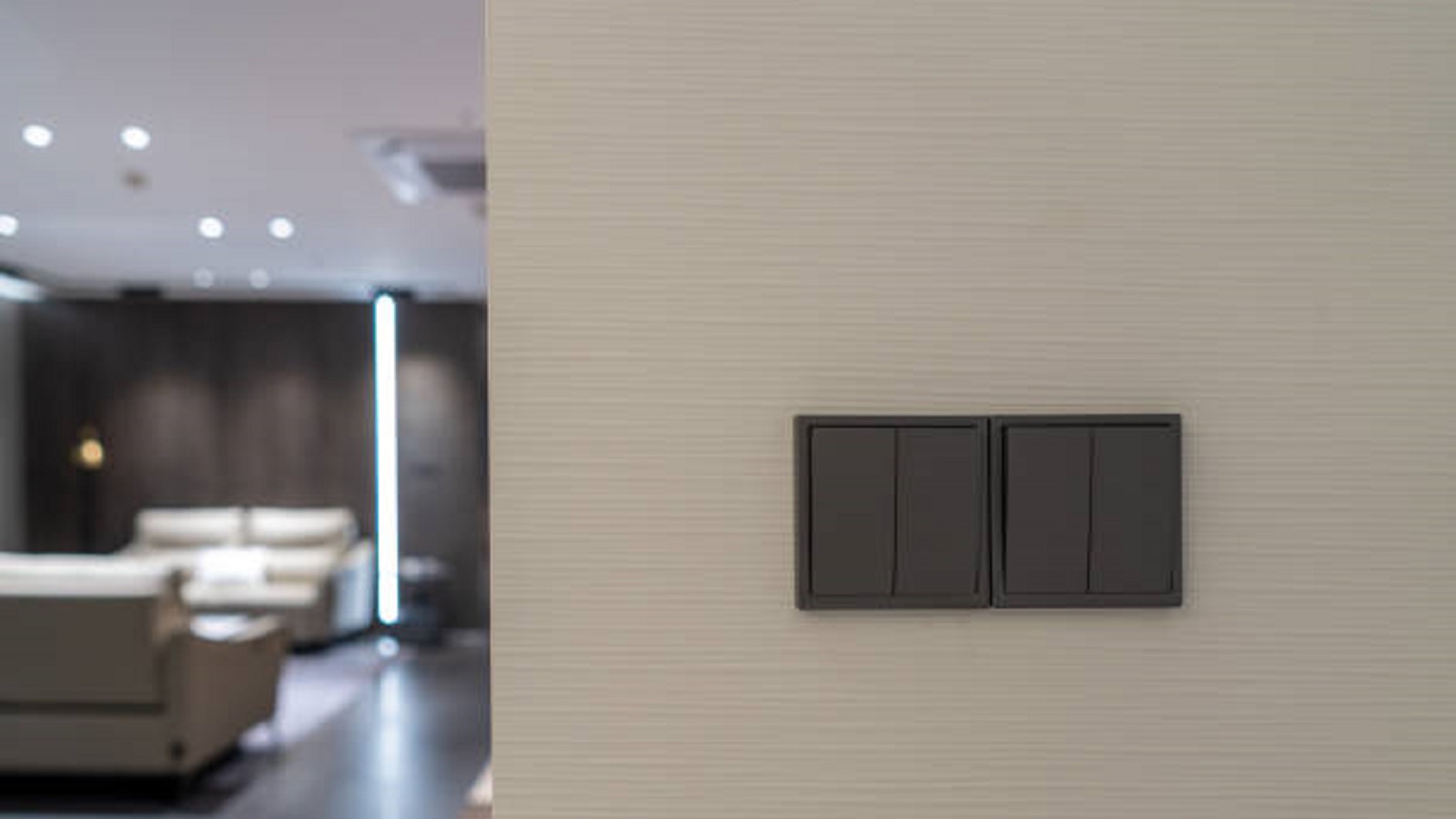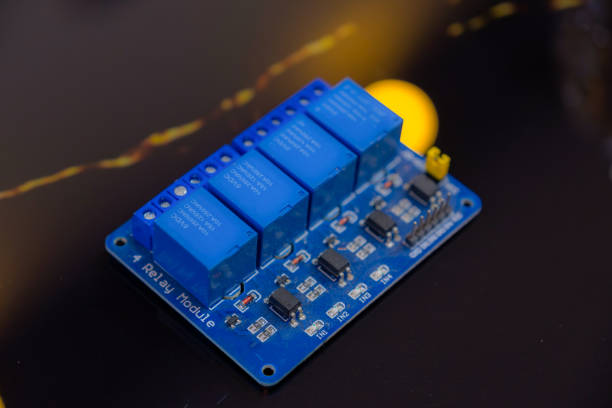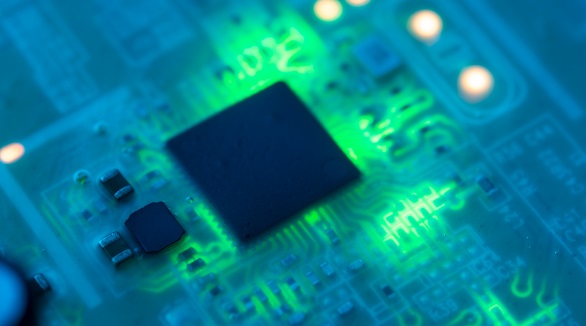How Smart Switches Improve Home Automation
Smart switches enhance home automation with features like voice control, remote access, and energy monitoring, using PCBs for efficiency and connectivity.
With the rapid advancement of technology, connectivity and automation have grown indispensable parts of our lives. Among smart devices, such as smart switches, the trend has been toward more and more use of printed circuit boards.
How Smart Switch Technology Works
Smart switches have transformed the one dimensional aspect of turning lights and electric appliances on and off in our homes with their ease, efficiency, and added control features they bring along when baked into smart home systems. Unlike standard switches that only allow humans to flip them on and off, smart switches are fitted with built-in software and connection technologies that enable users to turn lights and appliances on and off by voice, apps, and automation systems.
Features of Smart Switches
Remote Control: Turn on/off via your smartphones or tablets from any location.
Speech Integration: It would introduce speech assistant integration into the device for voice assistants like Apple's Siri, Google Assistant, and Amazon Alexa for hands-free operations.
Energy Monitoring: It can keep a record of energy utilization and report the same for better optimization to reduce your electricity bill.
Automation and Scheduling: Creating routines and schedules for turning lights on and off at specific times enhances convenience and security.

Types of Smart Switches
Smart switches come in a wide variety of designs, catering for various needs and preferences within smart home environments, including:
Traditional Smart Switches: They replace traditional light switches with smart functionalities like remote control and scheduling. They are ideal for users who want simplicity and a direct upgrade from conventional switches.
Dimmer Smart Switches: These allow for changing lighting levels to enable users to set their favorite ambiance with the plus and minus dimming features. These go great in living rooms, dining areas, or anywhere there might be a need for changing lighting levels.
Three-Way Smart Switches: For locations that have more than one control point for the same light fixture, these switches are what one needs for smart control from other locations within a home.
Touchscreen Smart Switches: These feature interactive displays for increased control and may include features such as smart speaker integration or the development of personalized interfaces.
Wi-Fi and Z-Wave/Bluetooth Smart Switches: These use different communication protocols to connect into a range of smart home ecosystems and provide flexibility in terms of connectivity and compatibility with other smart devices.
Integration of Smart Switch into Modern Lifestyle
Smart switches offer convenience and, at the same time, signify steps towards living in a smart environment. The advantages of smart switches in real life:
Improved security: the would-be attackers would be discouraged by the lights programmed on and off to give the impression that somebody occupies them;
Energy efficiency: gadgets will be guaranteed to power up only when needed;
Convenience: lights and appliances are easy to switch on and off by the people with mobility disabilities; Future-Ready Homes: they make sure that your home is ready for the big developments that might come up in the future of smart technology.
Leading Brands in Smart Switches
With the development of smart switches, quite a number of brands have emerged to the fore, offering innovative and viable solutions to any number of needs. These include:
TP-Link Kasa: TP-Link Kasa sports an easy-to-use design; TP-Link Kasa smart switches work seamlessly with Alexa and Google Assistant for features such as scheduling and remote access.
Lutron Caseta: This also is a great facility that works with many smart home systems and uses very reliable radio-frequency wireless technology, which is easy to install and operate.
WeMo by Belkin: Provides ease of installation, multi-capability, voice command operability, and energy usage analytics to further facilitate users for better control and reduced consumption of energy.
GE Cync: Known for packing innovative features into a single unit, including dimming features and easy setup, and offering hassle-free operation with voice assistants.

Role of PCBs in Smart Switches
To this end, the central part of any smart switch will contain an advanced PCB controlling electrical interconnections; therefore, processing features with connectivity. Such complexity on a board requires very precise and skillful assembly in order for the product to have performance, reliability, and safety. As noted, PCB design for smart switches entails the following:
Component Density: Since smart switches need to be compact to embed all possible components onto a small form factor, the component density should not be compromised regarding functionality.
Thermal Management: Effective heat dissipation is required to sustain the longevity and efficiency of the device, especially in devices used constantly.
Signal Integrity: Noisy signals in the path reduce connectivity; hence, it ensures the proper functioning of the device.
Power Efficiency: This calls for optimization of power routing on the PCB for energy-efficient operations that would further align with eco-friendly benefits of smart technologies.
Smart switches are at the heart of the continuing digital shift in home automation, enabling improved convenience, efficiency, and security. PCBX is committed to pioneering PCB assembly techniques to enable this technological growth. We ensure that each PCB for a smart switch is dependable and efficient, fulfilling the needs of today's connected lifestyle.
Hot Tags:
Contact us

If you can't find what you're looking for, please contact us.
Article

PCBs are essential for organizing information and power flow in electronic devices, benefiting from flexibility, durability, safety, efficiency, and heat management.

PCBs (Printed Circuit Boards) are fundamental in electronics, composed of multiple layers like silkscreen, soldermask, copper, and substrate, chosen for specific electrical functions.

Flex PCBs fit into devices, saving space, while Rigid-Flex PCBs combine flexible and rigid parts, ideal for varied applications. PCBX offers custom designs, rapid prototyping, and high-quality manufacturing.
